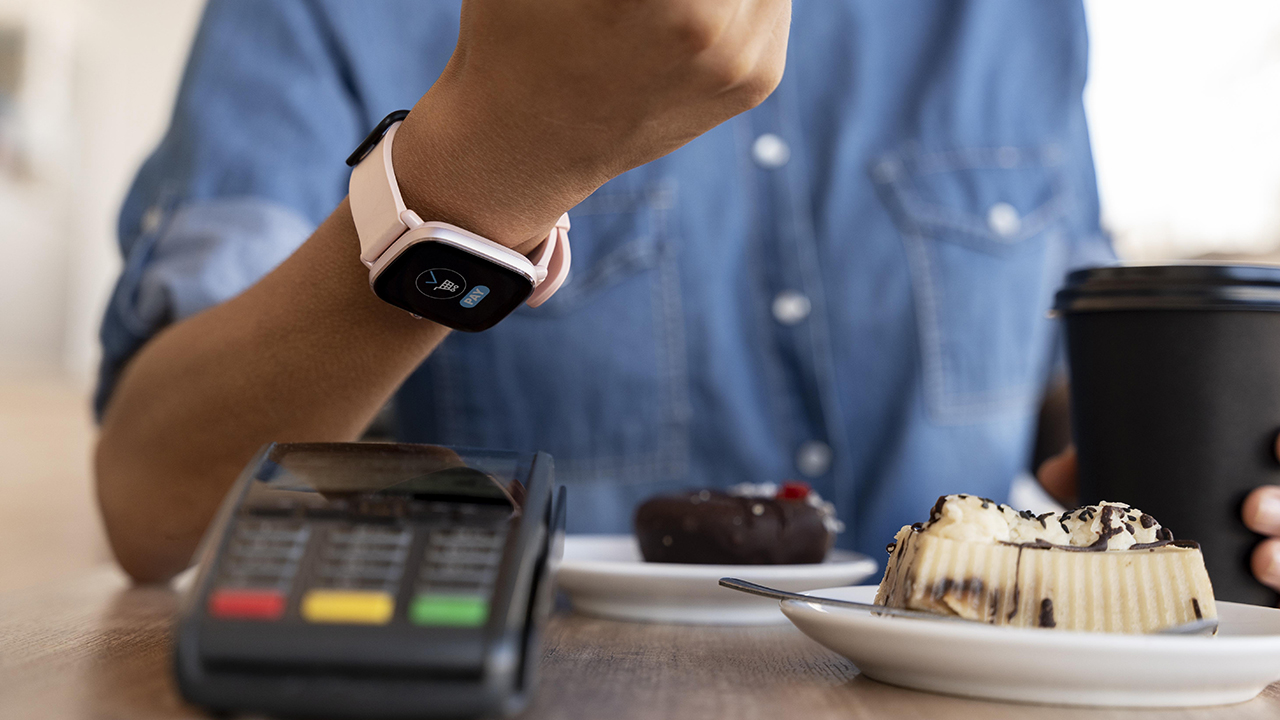
Wearable Technology in Restaurants: Digitizing the Restaurant Workplace

Applications aimed at improving workforce productivity, communications, data analytics, and guest experiences are becoming more prevalent in the restaurant industry. Often overlooked are the potential gains that wearable technologies can be used to enhance production efficiency, improve communications, provide real-time data, and heighten customer service. Wearable devices can display important guest information, such as loyalty status, frequency of visit, menu item preferences, and dietary restrictions thereby enabling staff to provide more personalized service as well as track real-time metrics, alert staff to current happenings, facilitate guest requests, and process payments in a digitized workplace. Wearable technologies are designed to produce interactive, non-intrusive enhancements for restaurant staff and customers alike.
Wearable devices can work independently, be connected to the internet, or a mobile device and regardless of whether the wearer is in motion and/or is busy. A smart device can also become an integral part of the wearers’ clothing without distracting the person wearing it. While the most often cited business advantages of wearable technologies are improved productivity and mobility, the most anticipated impact of wearables for restaurants is changing the way staffers interact with guests. Industry practitioners maintain that implementation of wearable devices provides staff more time to interact with guests while monitoring just-in-time information.
Wearables can provide real-time data about various aspects of operations, such as table turnover times, busiest hours, inventory usage, and the performance of individual staff members. This can help management make informed decisions to improve efficiency. Staff can use wearables to receive important updates or instructions from management, coordinate with each other, and stay informed about changes in real-time. This can improve coordination and response times. With a wearable device, staff can receive and respond to guest requests or orders instantly, reducing wait times and improving the guest experience. When a guest makes a payment through a mobile app, the server can be instantly notified through their wearable device. This can speed up the checkout process and free up tables more quickly.
Additionally, wearables can be used to help ensure food quality and reduce waste. The use of restaurant wearables has the potential to revolutionize procedures while optimizing customer experience. Simply stated, operators are turning to technology to manage more tasks, communicate more effectively, and enhance productivity by analyzing real-time data.
What is probably less well known is most of the recent foodservice technology advances are readily available via wearable devices. Accurate order entry, inventory monitoring, menu item customization, information sharing, and frictionless payments. The rise of wearable technologies, from activity trackers to smart watches to eyeglass displays to infused fabrics, has been based on progressively faster and smaller devices. If there is one sure prospectus for wearable technologies, it’s that the future isn’t what it used to be.
See the full white paper: https://ifbta.member365.com/public/login/membership/0d89f1850bd782eaae59edcd376be5ebb9611fdd/1






